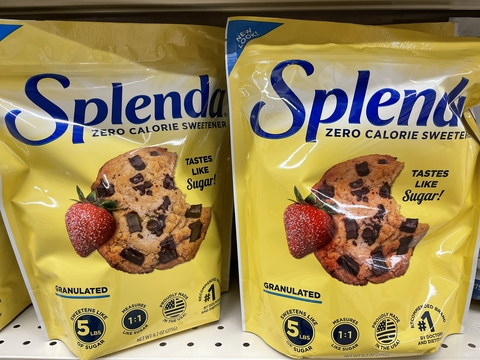Category: Articles








HiPhenolic: Weight and Cardio Support
by Mila McManus, MD Orthomolecular has recently presented a new supplement called HiPhenolic, designed to support weight management and cardiovascular health. It is a very pure, high concentration blend of polyphenols. HiPhenolic has scientifically demonstrated favorable shifts in metabolic targets such as maintaining blood pressure levels, improving satiation (i.e., fullness), and controlling appetite. As a…
Read More

Take Charge of Your Health
We believe in empowering you to be an active participant in your health journey. With our guidance, simple lifestyle adjustments can yield profound results. Let us be the bridge to a healthier, happier you.
SCHEDULE AN APPOINTMENT